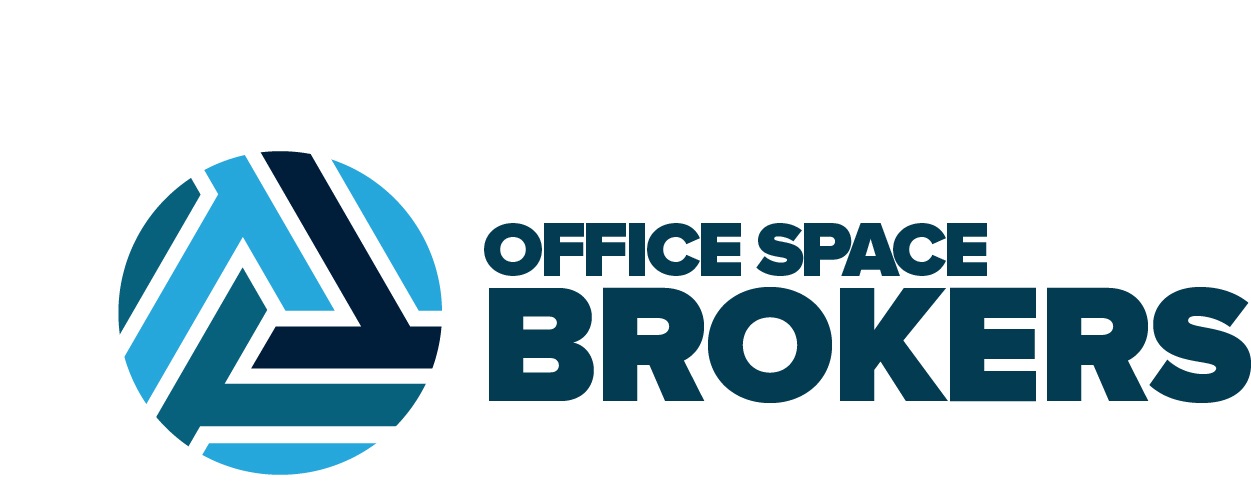 What you need to know – Landlords use the Operating Expense Reconciliation to, well, reconcile the difference between the money they projected you would pay as part of the Common Area Maintenance (CAM) fees and what you actually paid and owe them for that space for the year. Of course, landlords don’t go around waving a sign, reminding you of how much they need from you and what you’ll be paying to help upkeep the building during your lease so it’s crucial that you stay on top of tracking these expenses.
What you need to know – Landlords use the Operating Expense Reconciliation to, well, reconcile the difference between the money they projected you would pay as part of the Common Area Maintenance (CAM) fees and what you actually paid and owe them for that space for the year. Of course, landlords don’t go around waving a sign, reminding you of how much they need from you and what you’ll be paying to help upkeep the building during your lease so it’s crucial that you stay on top of tracking these expenses.
 Ask for one – Many landlords generate a budget in the first quarter of the calendar year for their tenants, giving an estimate of the monthly payments for building maintenance. The OER at the end of the year will show the reconciled amount between what you have already paid and what you may still owe per your lease agreement. While some overage may be the norm, having a vast gap between the expected and the unexpected payments could be a red flag that your landlord is not spending your company’s money wisely.
Ask for one – Many landlords generate a budget in the first quarter of the calendar year for their tenants, giving an estimate of the monthly payments for building maintenance. The OER at the end of the year will show the reconciled amount between what you have already paid and what you may still owe per your lease agreement. While some overage may be the norm, having a vast gap between the expected and the unexpected payments could be a red flag that your landlord is not spending your company’s money wisely.
 Review before you renew – Instead of jumping straight into a renewal, it’s important to consider the financial ramifications that your landlord has added to your lease before you sign on the dotted line. Keep in mind how much of the operating expenses you had to pay above your budget and determine if renewing – or looking for a new space – is the right move for your company. When you’ve reached about 6-12 months before the end of your lease term is up, set up a time with a trusted real estate broker to look over the financial costs and investment you’ve paid to your landlord. Don’t know a local Tampa Bay real estate broker? We would be glad to assist you click here.
Review before you renew – Instead of jumping straight into a renewal, it’s important to consider the financial ramifications that your landlord has added to your lease before you sign on the dotted line. Keep in mind how much of the operating expenses you had to pay above your budget and determine if renewing – or looking for a new space – is the right move for your company. When you’ve reached about 6-12 months before the end of your lease term is up, set up a time with a trusted real estate broker to look over the financial costs and investment you’ve paid to your landlord. Don’t know a local Tampa Bay real estate broker? We would be glad to assist you click here.
How OSB can help you – “One of the more overlooked areas of fiscal stewardship as a company can add up in dollars,” says John Drinkard, Managing Principal of Office Space Brokers. “It’s basically us – taking the initiative for you – at no expense of your time.”

